Sultry Singapore: Tiny multicultural city-state an orderly country of rules and beauty that works
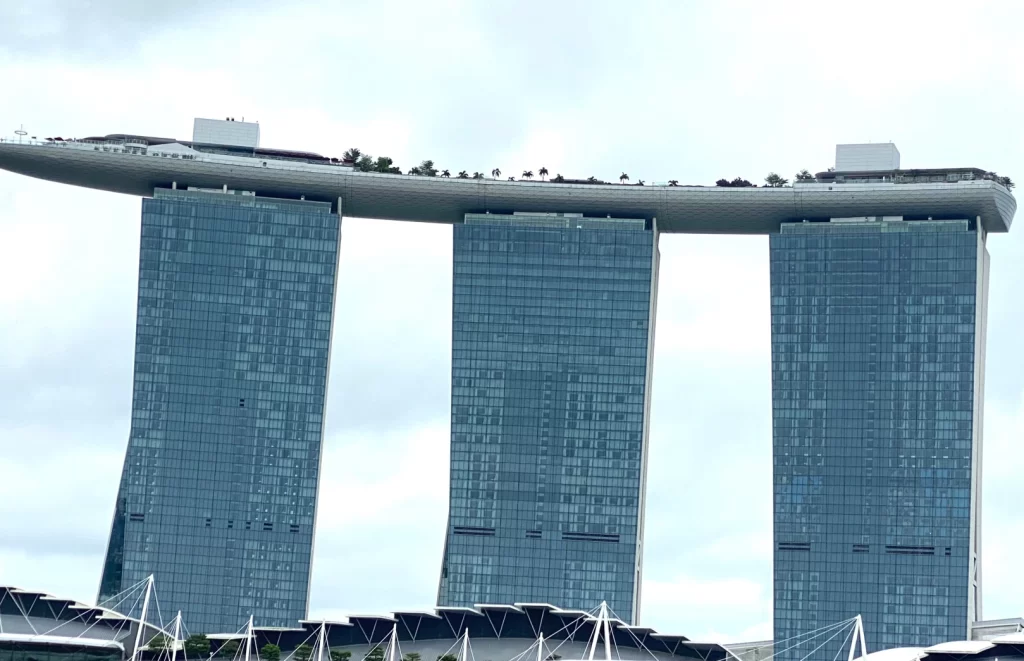
Perched at the top of three 57-story towers and looking a lot like a surfboard, Marina Bay Sands resort has a casino, restaurants, a museum and an infinity pool high above Singapore. (Janet Podolak)
Just 17 miles wide and 30 miles long, the independent island city-state at the tip of the Malay Peninsula is smaller than Rhode Island but densely populated, with more than 5 million Chinese, Malaysian, Indian and Eurasian people.
Smallest of all the Southeast Asian countries, it’s a clean, English-speaking, largely law-abiding urban country of rules and startling beauty.
Before my February arrival as a cruise ship passenger, I knew it was safe and orderly and also that chewing gum was prohibited and both littering and jaywalking were punishable by steep fines. Caning and death await those who bring drugs, even marijuana.
Officials credit its rules and their enforcement with the country’s inarguable safety and success.
Just 85 miles north of the equator, sultry Singapore is hot and steamy throughout the year, but air-conditioned spaces abound.
We’d learned that cheap-and-efficient public transportation was less than a half-mile from where Oceania’s Nautica docked, but my daughter and I wanted context for our one-day visit. We chose the Iconic Tour among a dozen offered by the cruise line because it included a visit to the famous Raffles Hotel.
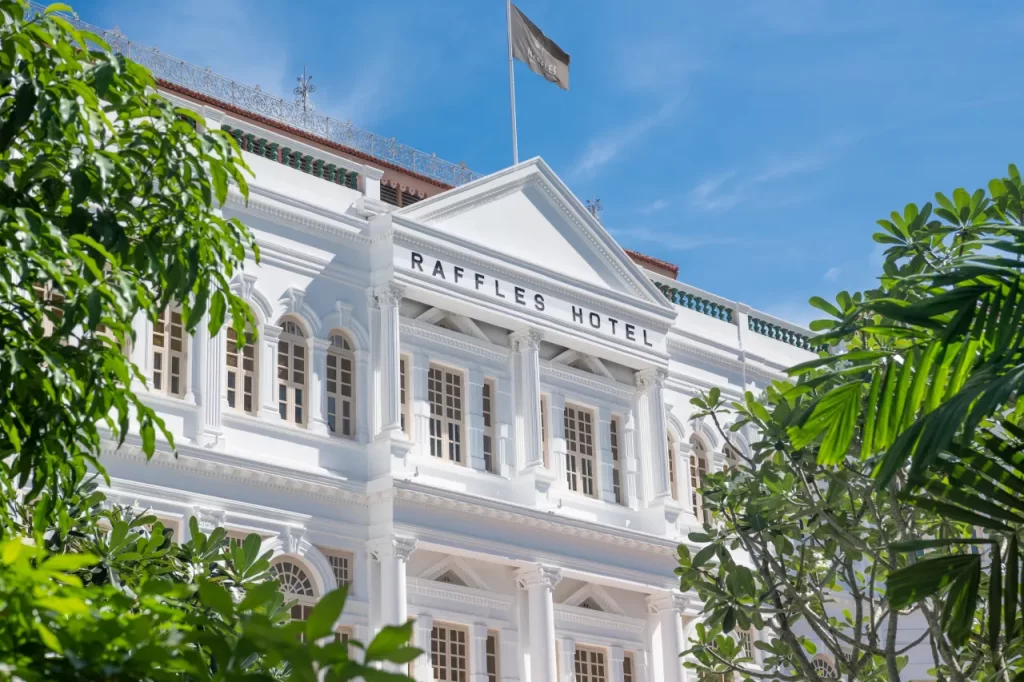
The colonial exterior of the historic Raffles Hotel is a Singapore icon that pays tribute to Sir Stamford Raffles, who in 1819 recognized a small fishing village for its strategic location as a trading post for the East India Company. (Courtesy of Raffles Hotel)
Contrasts are constant in Singapore, largely because of its diverse population with temples, mosques, shrines and churches against a backdrop of startling and very contemporary skyscrapers. Multiculturalism is supported by government policies, including one that requires its citizens to speak English along with one other Chinese, Malaysian or Indian language.
Modern Singapore was founded in 1819 by England’s Sir Stamford Raffles, who recognized a small fishing village for its strategic location as a trading post for the East India Company. The island’s harbors and many miles of coastline gave good sea access between China and India, transforming it into one of today’s leading ports of the world.
Singapore’s antiquities are typified by the ornate Thian Hock Keng Buddhist Temple, built entirely without nails. That temple began along the waterfront at the edge of Chinatown but today is far inland because of a land-reclamation project that extended Singapore’s shoreline and created more land for development. Since it became an independent nation five decades ago, Singapore has grown 20 percent – from 224 to 277 square miles due to the reclamation of land.
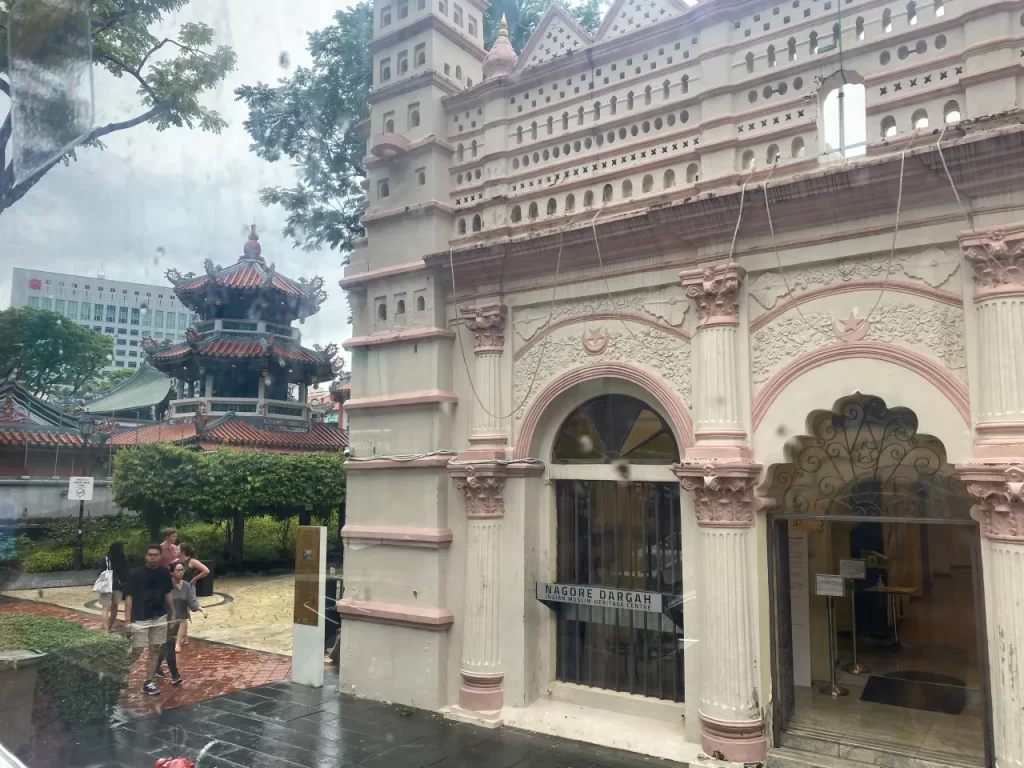
Singapore’s multicultural society today means finding a Chinese Buddhist temple in the shadow of a modern building next to a shrine dedicated to Muslims from India. (Janet Podolak)
As indicated by its Beach Road address, the historic Raffles Hotel also was originally along the waterfront but now is inland. Built in 1887 as a tribute to Sir Stamford Raffles, it was totally restored after a two-year closure ending in 2019. Charlie Chaplin, Queen Elizabeth II and Rudyard Kipling have slept at this beautiful colonial hotel, which has been featured in novels by W. Somerset Maugham and others.
Tiny Singapore is an anomaly.
“Proper attire,” including closed-toe shoes and no shorts, is required to step into the elegant Raffles lobby. We weren’t, so our group took an elevator to its second-floor Long Bar to enjoy a cooling Singapore Sling in the place where it was invented.
Little changed in the century since it began, the Long Bar has old-time overhead paddle fans with bags of peanuts scattered around at seats. Their shells crunch underfoot, traditionally swept there by patrons in apparent disregard of the country’s littering laws. But here the Singapore Sling, at $26 a pop but included on a ship’s shore excursion, is served along with rituals of many decades past.
In 1915, when the drink was created, etiquette decreed that ladies did not partake of alcohol and were restricted to fruit punch and tea. Seeing an opportunity, Long Bar bartender Ngiam Tong Boon mixed up a pale pink concoction of gin, pineapple juice, lime juice, curaçao and Bénédictine with grenadine and cherry liqueur and poured it into a pretty glass. Women could now enjoy the cool drink without revealing its alcohol content and compromising their reputations.
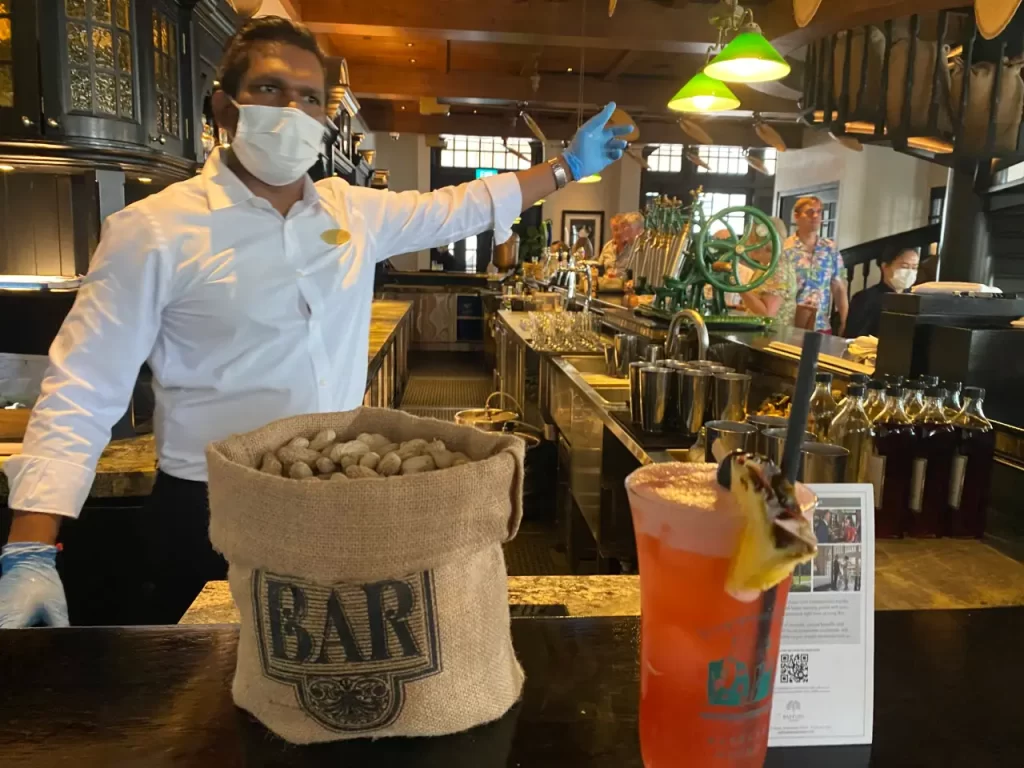
Sip a pink Singapore Sling and munch peanuts in the Long Bar at Raffles Hotel, where the drink was invented in 1915. (Janet Podolak)
Not far away, on reclaimed land near the Singapore River, the top of three 57-story towers of Marina Bay Sands looks from below like a celestial surfboard complete with palm trees. The flat area spanning all three towers has a casino, an infinity pool, restaurants, museum and dozens of high-end shops. This gravity-defying platform — one of the largest in the world — includes the 3-acre SkyPark, which is large enough to park four Airbus A380 jumbo jets.
Only guests in the hotel’s 2,500 rooms may use the infinity pool to look out on Singapore from its watery edge, but others can visit the SkyPark Observation Deck to take in the view.
We saw the Marina Bay Sands from a river cruise included with our shore excursion but back aboard the ship that evening heard all about it from our fellow passengers. Many of them had also visited shopping districts along Singapore’s fabled Orchard Road and the 10-story Jewel shopping mall at the Changi Airport with its 130-foot indoor waterfall.
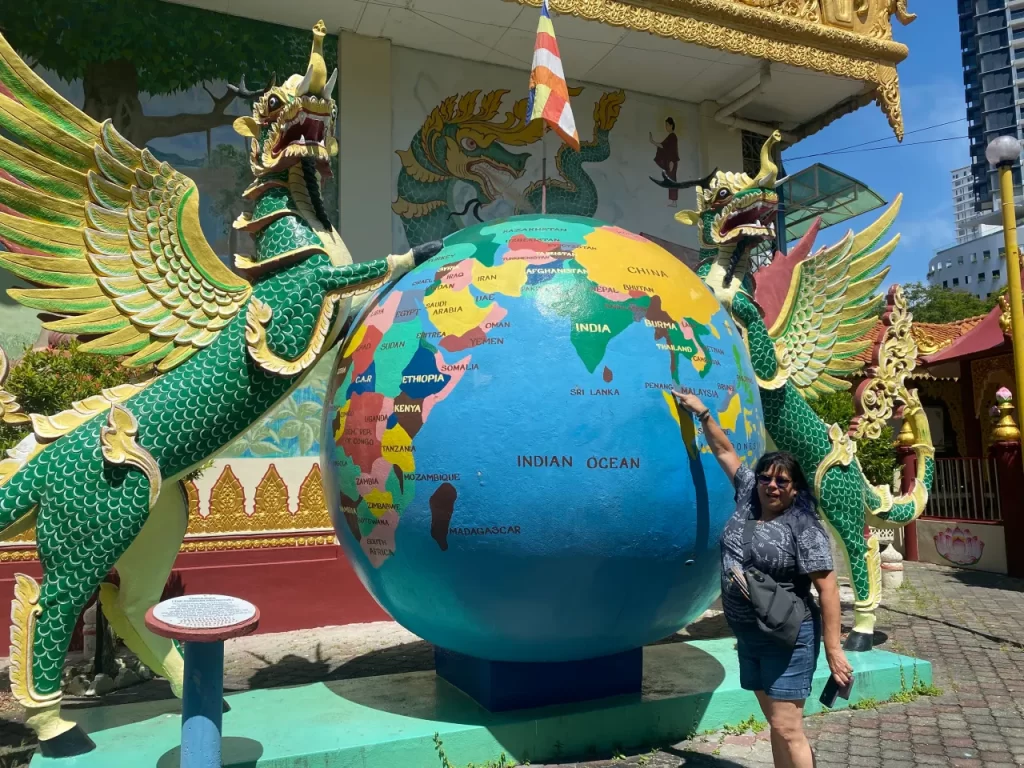
Tiny Singapore is found by Sascha at the tip of the Malay Peninsula on a giant globe flanked by dragons at a Burmese temple in Malaysia. (Janet Podolak)
Singapore has many gardens and beautifully manicured public spaces, including the 130-acre Singapore Botanic Gardens, with its 3,000-plant National Orchid Garden. The Night Safari at the Mandai Wildlife Reserve is a humid tropical rainforest open only at night for explorations on foot or by tram. Bird Paradise, also in the Mandai Wildlife Reserve. includes a flock of 1,000 flamingos, while Singapore’s 250-acre Gardens by the Bay have become Asia’s foremost gardens in the 11 years they’ve been open.
The city-state was a port near the end of my 33-day Oceania Cruises voyage taken earlier this year between Capetown, South Africa and Bangkok, Thailand. Visit OceaniaCruises.com for more information.
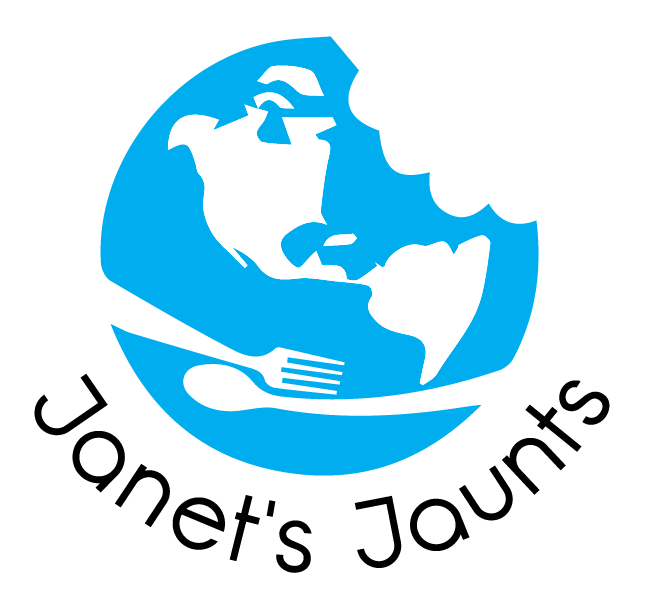
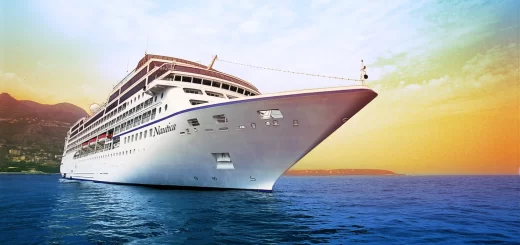
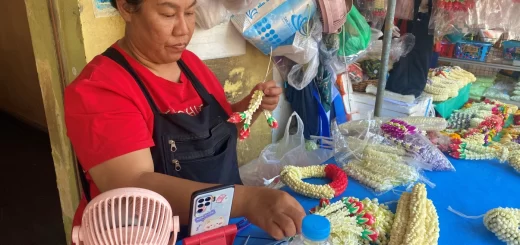

Recent Comments